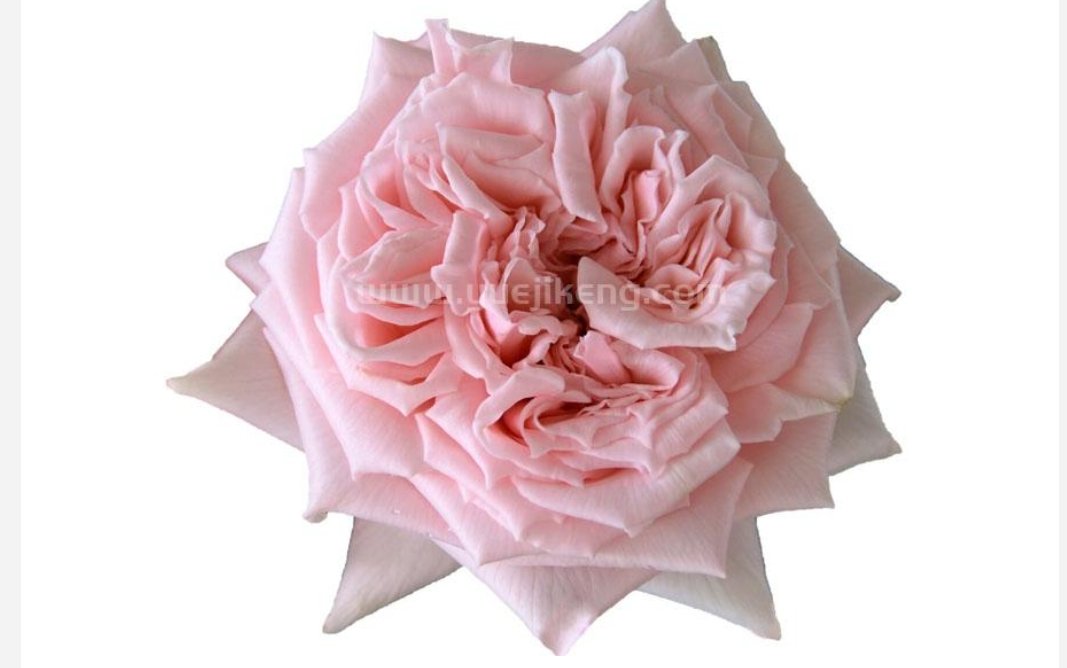仁美公主Princess Hitomi
The rose variety "Princess Hitomi" was developed in Japan by Keisei and introduced globally through Japan Flora in collaboration with Chiba Nursery. It was officially launched in 2019.
Characteristics of Princess Hitomi:
Blooming Season: Blooms in clusters with a plant height of 90-120 cm. The flowers have a diameter of 8-10 cm and feature more than 80 petals.
Appearance: The rose has pinkish-red petals, with the inner petals curving to form a heart shape, while the outer petals fan out like starbursts. It emits a captivating scent with a strong lavender aroma.
Petal Structure: The petals have a delicate and sweet look with a lavender fragrance. The bloom opens into four visible parts, with the outer portion of the flower comprising multiple petal layers.
Style: This rose has an elegant and refined appearance, displaying a beautiful contrast with its lush green leaves and strong, upright woody stems.
Vase Life: Flowers can last up to 10 days in a vase.
Official descriptions highlight its strong resistance to powdery mildew, moderate resistance to black spot, and reasonable rain resistance.
In local markets, it has been discovered that "Princess Hitomi" might be marketed under different names, such as Princess of Love or Princess of Stars, leading to some confusion among flower enthusiasts who sometimes refer to it incorrectly as Princess of Beauty.
The rose variety "Princess Hitomi" was developed in Japan by Keisei and introduced globally through Japan Flora in collaboration with Chiba Nursery. It was officially launched in 2019.
Characteristics of Princess Hitomi:
Blooming Season: Blooms in clusters with a plant height of 90-120 cm. The flowers have a diameter of 8-10 cm and feature more than 80 petals.
Appearance: The rose has pinkish-red petals, with the inner petals curving to form a heart shape, while the outer petals fan out like starbursts. It emits a captivating scent with a strong lavender aroma.
Petal Structure: The petals have a delicate and sweet look with a lavender fragrance. The bloom opens into four visible parts, with the outer portion of the flower comprising multiple petal layers.
Style: This rose has an elegant and refined appearance, displaying a beautiful contrast with its lush green leaves and strong, upright woody stems.
Vase Life: Flowers can last up to 10 days in a vase.
Official descriptions highlight its strong resistance to powdery mildew, moderate resistance to black spot, and reasonable rain resistance.
In local markets, it has been discovered that "Princess Hitomi" might be marketed under different names, such as Princess of Love or Princess of Stars, leading to some confusion among flower enthusiasts who sometimes refer to it incorrectly as Princess of Beauty.
The rose variety "Princess Hitomi" was developed in Japan by Keisei and introduced globally through Japan Flora in collaboration with Chiba Nursery. It was officially launched in 2019.
Characteristics of Princess Hitomi:
Blooming Season: Blooms in clusters with a plant height of 90-120 cm. The flowers have a diameter of 8-10 cm and feature more than 80 petals.
Appearance: The rose has pinkish-red petals, with the inner petals curving to form a heart shape, while the outer petals fan out like starbursts. It emits a captivating scent with a strong lavender aroma.
Petal Structure: The petals have a delicate and sweet look with a lavender fragrance. The bloom opens into four visible parts, with the outer portion of the flower comprising multiple petal layers.
Style: This rose has an elegant and refined appearance, displaying a beautiful contrast with its lush green leaves and strong, upright woody stems.
Vase Life: Flowers can last up to 10 days in a vase.
Official descriptions highlight its strong resistance to powdery mildew, moderate resistance to black spot, and reasonable rain resistance.
In local markets, it has been discovered that "Princess Hitomi" might be marketed under different names, such as Princess of Love or Princess of Stars, leading to some confusion among flower enthusiasts who sometimes refer to it incorrectly as Princess of Beauty.
